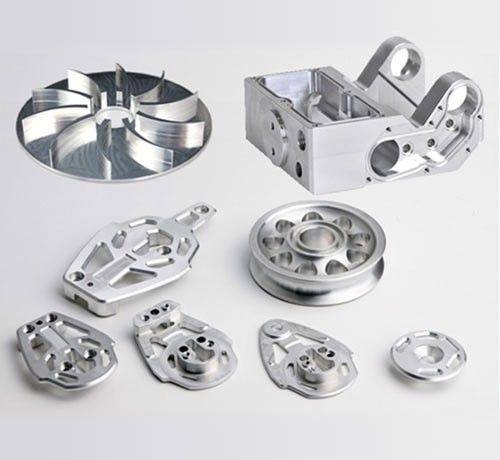CNC machining is a popular manufacturing process for producing high-precision parts for various industries, including aerospace, automotive, and electronics. The procedure entails removing material from a workpiece using a computer-controlled machine to produce the desired shape or pattern. This article will explore the CNC machining process for custom aluminum parts in more detail.
Design
The design phase of CNC machining starts with the engineer or designer creating a 3D model of the component using CAD (computer-aided design) software. The model is then translated into a G-code or other format that the computer of the CNC machine can understand. The tool path, cutting speed, and other machining parameters are among the instructions provided to the machine in the G-code.
Programming
Once the design is complete, the next step is programming the CNC machine. The programmer uses CAM (computer-aided manufacturing) software to create the tool path and generate the G-code for the machine to execute. When programming the machine, the programmer must consider factors such as the material being used, the part’s geometry, and the required tolerance and surface finish.
Tool Selection
The next step in the CNC machining process is selecting the appropriate cutting tools. Aluminum is a relatively soft material, so carbide or high-speed steel (HSS) tools are typically used. The cutting tools come in various shapes and sizes, including end mills, drills, and taps. The tool selection depends on the part’s geometry and the type of features that need to be machined.
Machining
Once the CNC machine is programmed and the cutting tools are selected, the machining process can begin. The machine uses the G-code instructions to move the cutting tools along the predetermined path, removing material from the workpiece. The cutting speed, feed rate, and depth of cut are carefully controlled to ensure accurate and consistent results.
Finishing
After the part has been machined, it may require finishing operations to achieve the desired surface finish or tolerance. Common finishing operations for aluminum precision parts include deburring, sanding, polishing, and anodizing. Anodizing is a process where a layer of oxide is applied to the part’s surface to improve its corrosion resistance and aesthetic appearance.
Quality Control
Quality control is essential to the CNC machining process to ensure that the finished parts meet the required specifications. The quality control process may include measuring equipment such as CMMs (coordinate measuring machines), optical comparators, and micrometres to verify that the parts’ dimensions and tolerances are within the specified limits.
Advantages of CNC Machining for Aluminum Precision Parts
CNC machining offers several advantages over other manufacturing processes for aluminum precision parts. First, it allows for high-precision machining with tight tolerances, ensuring the parts meet the required specifications. Second, CNC machining is a highly repeatable process, meaning that identical parts can be produced with consistent accuracy. Third, CNC machining is a versatile process that can produce complex parts with intricate geometries that may be difficult or impossible to create using other manufacturing processes.
Applications of CNC Machining for Aluminum Precision Parts
CNC machining for aluminum precision parts is widely used in various industries, including aerospace, automotive, and electronics. In aerospace, CNC machined parts are used in aircraft structures, engines, and landing gear systems. In the automotive industry, CNC machined parts are used in engine components, suspension systems, and transmission parts. CNC machined parts are used in computer hardware, smartphones, and other consumer electronics in the electronics industry.
Conclusion
CNC machining for aluminum precision parts is a highly effective and versatile manufacturing process that offers several advantages over other processes. It allows for high-precision machining with great advantages. By understanding the CNC machining process for aluminum precision parts, manufacturers can produce high-quality parts that meet the required specifications and contribute to the success of their respective industries.
